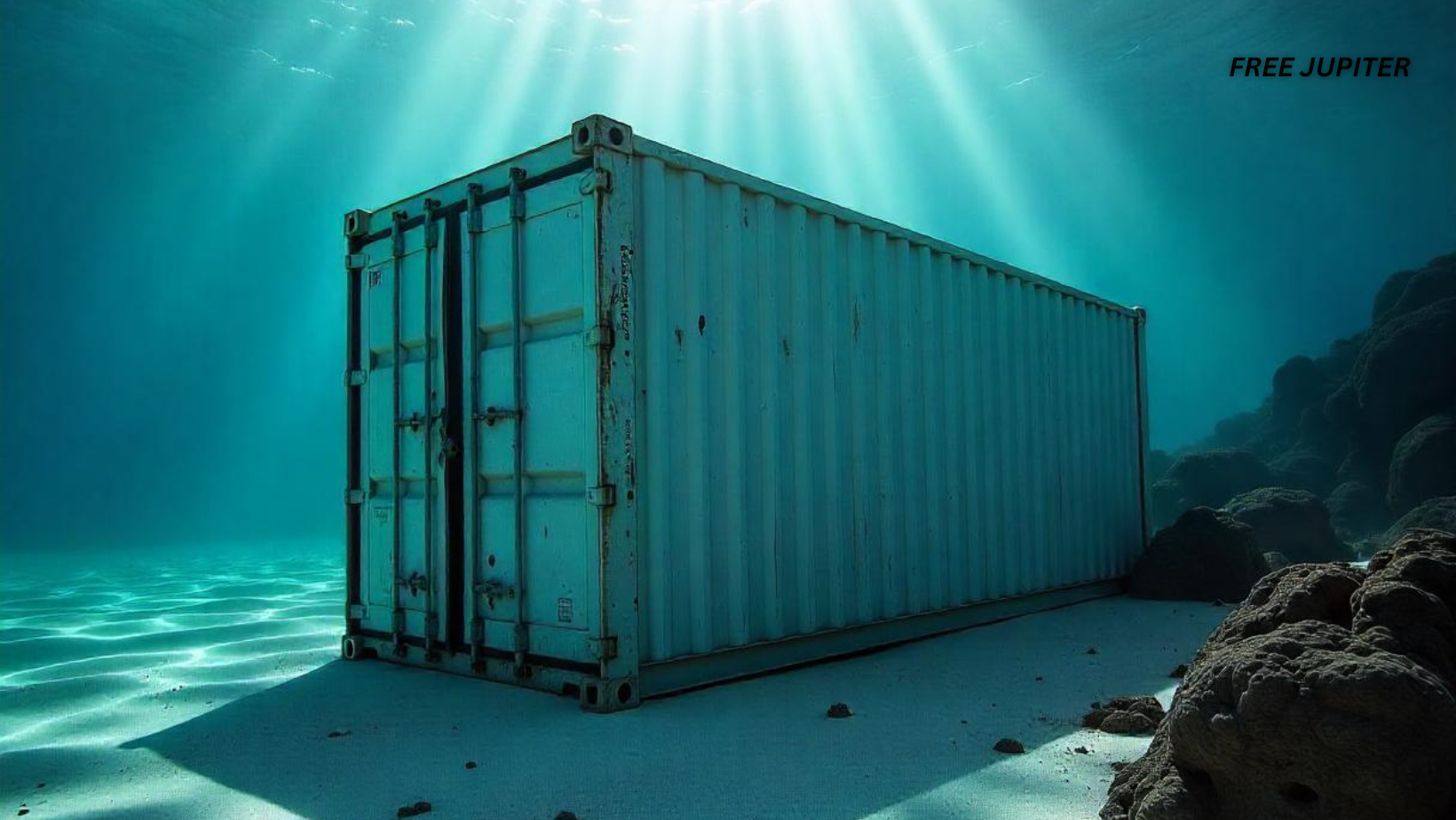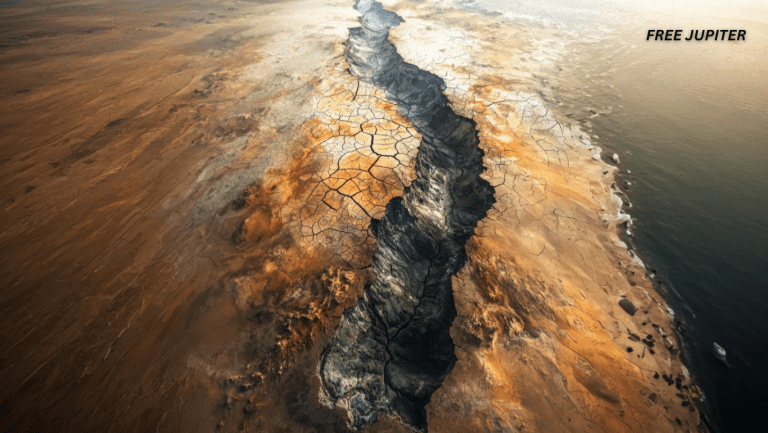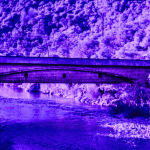Beneath the ocean’s surface, where light barely reaches and the unknown thrives, an underwater robot made a discovery that sent chills through an entire research team. A sunken container, hidden for who knows how long, was found resting on the seabed. But the real shock came when it was finally opened.
A Routine Mission Turns Extraordinary
A team of marine researchers had deployed an advanced underwater robot to explore the depths of the ocean. Initially, the operation was straightforward—documenting marine life, mapping the ocean floor, and collecting sediment samples. The mission was part of an ongoing effort to understand deep-sea ecosystems and how marine life adapts to extreme environments. Scientists monitored the robot’s live feed, expecting to see underwater ridges, coral formations, and perhaps even new species of marine organisms.
But the robot’s sensors soon detected something unusual. A large, metallic object stood out against the otherwise natural landscape of the seabed. Its shape was distinct, unlike any rock formations or sunken debris typically encountered. The sonar readings showed a smooth, structured surface, raising immediate questions about its origin.
Curiosity took over. The researchers decided to take a closer look. As the robot approached, its cameras revealed the object’s true scale—larger than a standard shipping container, yet not resembling any cargo box or wreckage from a sunken ship. The outer layer was covered in a thick layer of silt, with rusted edges barely peeking through. The way it was partially buried suggested it had been resting on the ocean floor for years, possibly decades, undisturbed by ocean currents.
The decision was made—it had to be retrieved. The discovery had the potential to rewrite underwater history, and the researchers knew they had stumbled upon something far more significant than mere marine samples. Their routine mission had just turned into an extraordinary and possibly groundbreaking investigation.
Read more: The Discovery Of A 1,200-Year-Old Ship ‘Laden With Cargo’ Is Rewriting The History Books
The Retrieval Process: A Delicate Operation
Extracting the mysterious container was no simple task. Over the years, layers of sediment had accumulated, making it difficult to dislodge. The underwater robot, equipped with precision tools, worked carefully to free the object without causing damage. Bit by bit, the sand gave way, revealing more of its rusted metal exterior.
The team was puzzled. It didn’t resemble any known shipwreck debris, nor did it seem like discarded cargo. This container had been placed here deliberately. But by whom? And why?
Finally Opened—And the Discovery Leaves Everyone Speechless
Once the container was brought to the surface, anticipation filled the air. The research team, now gathered around, worked quickly to pry it open. The metal groaned as the seals, long corroded by saltwater, finally gave way. Then came the moment of truth.
Inside, an assortment of objects lay preserved—some wrapped in protective coverings, others exposed to the air for the first time in years. The contents were bizarre, unexpected, and, in some cases, unsettling.
A stack of yellowed documents, their ink faded yet still somewhat legible, hinted at classified information. Cryptic notes, written in an unfamiliar code, suggested a secret purpose. Among them were blueprints—diagrams of advanced machinery, unlike anything seen before. Some pages carried official seals, their insignias unrecognizable to any known institution.
Beside the documents, electronic components lay in organized sections. Wires, circuits, and devices that, while outdated by modern standards, seemed far ahead of their time. Experts would later suggest that these components could have belonged to experimental technology—possibly something never meant to be found.
But what truly unsettled the researchers were the sealed vials. Small, glass containers held a mysterious substance, their labels worn away by time. The liquid inside shimmered under the lab lights, shifting color under observation. With no clear indication of its origin or purpose, alarm spread through the team. Could it be biological? Chemical? Or something far more dangerous?
Read more: Scientists Have Discovered A Mysterious ‘Golden Orb’ at the Bottom of the Ocean
Panic and Urgency Take Over
The presence of the vials changed everything. The research team, initially excited by their find, now faced a potential biohazard situation. Safety protocols were immediately put in place. The container and its contents were isolated, and authorities were contacted. Experts in biochemistry and forensic analysis were called in to assess the risk.
The researchers’ excitement quickly turned into tension. Every second mattered. If the vials contained a hazardous substance, even the smallest mishap could lead to dire consequences. Special containment units were rushed to the scene, ensuring no accidental exposure could occur.
Discussions erupted among the team. What had they uncovered? The strange shimmer of the liquid inside the vials was unlike anything they had seen before. Some feared it could be an experimental virus, while others speculated it might be a top-secret compound developed in secrecy.
Authorities arrived swiftly, and the site was placed under lockdown. Researchers were ordered to cease all direct handling of the objects until further notice. A biohazard response team in protective suits secured the vials in specialized containment cases. The room was filled with an eerie silence as the realization set in—this was no ordinary scientific find.
Anxiety grew as government officials took control of the scene. Questions swirled among the research team. Had they just uncovered something meant to remain hidden forever? And if so, why had it been abandoned at the bottom of the ocean?
Tracing the Origins
As investigations continued, attention turned to identifying the source of the container. Historical records were examined, and satellite imagery was analyzed. The condition of the materials suggested that the container had been underwater for decades.
What made matters more intriguing was the absence of any official documentation about a lost shipment matching its description. No missing cargo reports, no naval logs, nothing. It was as if this container had never officially existed.
Read more: Scientists Discover Brand New ‘Titanosaur’ In Patagonia
A Discovery That Raises More Questions Than Answers
The deeper experts dug, the more mysterious the situation became. Initial lab tests on the vials showed they contained substances not immediately identifiable. The documents, though fragile, referenced projects that had long been classified. And as for the electronic components, they appeared advanced for their time, raising even more suspicions.
Had this been an experiment gone wrong? A secret operation never meant to be discovered? Or perhaps something else entirely? Theories ran wild, but concrete answers remained elusive.
What Happens Next?
With government agencies now involved, much of the information surrounding the discovery was quickly classified. Researchers who had initially been thrilled by their find were now left with more questions than answers.
The fate of the container’s contents remains uncertain. Whether the world will ever learn the full truth about what lay beneath the ocean’s surface is unclear. But one thing is certain—the discovery of that sunken container will not be forgotten anytime soon.
For now, the ocean keeps its secrets, and those who dare to explore its depths continue to uncover mysteries beyond imagination.










